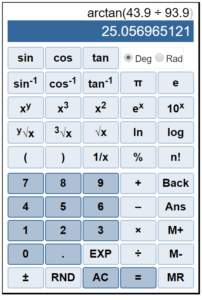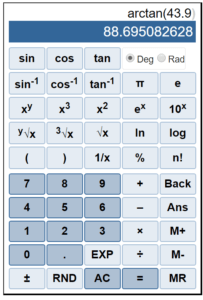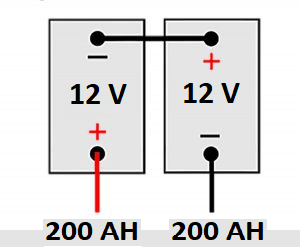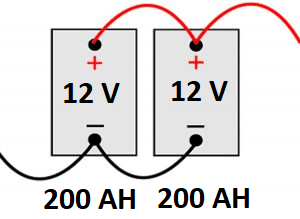Solar Current - FAQ
This section, FAQ – Solar Current, have enough contents that can clarify most of your doubts. We have selected a series of questions that may arise in your mind. It is our aim to clear these doubts in a simple, easy to grasp, language. If you need clarity in any of the subject related with our area of interest, please feel free to contact us.
Questions and answers...

Tilt angle, area, slope... (This is very important to produce maximum solar current)
There are many methods and opinions for finding the tilt angle of the solar panels. The best and easy method to follow, is given, in steps below. We are assuming that the panels are fixed in the north – south direction.
1. Find out the “LATITUDE” of the installation location, either using google maps or some other means.
2. Take 10 % of the latitude.
3. Deduct the value from the actual “LATITUDE”. That is it, you have got the tilt angle.
For example – Consider the image below

As you can see the latitude is 9.523092 degree
The tilt angle should be = 9.52 – 0.95 (10% of 9.52) = 8.560
As of now, the size of a 300Wp and above, solar panel is given below;
Length = 1.98 M (6 Ft 5.95 Inches)
Breadth = 0.98 M (3 Ft 2.58 Inches)
Area required for a single panel = Length x Breadth = 1.98 x 0.98 = 1.94 Sq Mtr (20.88 Sq Ft)
Firstly, locate a reference point, from where, the vertical and horizontal distance can be measured.

Take the measurement, a and b, in inches.
Find a/b.
Use the arc tan / tan inverse function of a calculator to find atan (a/b).
The result you got is the slope of the roof in degree.
Take a scientific calculator. Click on the Tan-1 button.

For example, let a = 43.9 and b = 93.9 inches. Type 43.9

Similarly, type in 93.9 after clicking on the division button.

The result that is shown on the screen is the degree of slope.
i.e. 25.0560
Energy calculation..
Use the formula given below;
Energy taken in units / kWhr = Power of the device x Time / 1000 where Power of the device in watts and Time in hour
for example, consider a 100 W bulb which is on for 10 Hours. The total energy consumed by the 100 W bulb during its working is
100 x 10 / 1000 = 1 kWhr (Unit)
Energy stored in batteries...
To find out, you need to know two values.
- Battery capacity in AH
- Battery Voltage
Once you have got these values, just multiply those two values to get the energy that can be stored within the battery, in Watt Hours. To convert it into kWhr (Unit) just divide the result with 1000. Let us understand it through an example.
Consider that you have a 12 V 150 AH battery.
Energy this battery can hold = 12 x 150 = 1800 WHr.
To convert it into Unit, just divide 1800 / 1000 to get 1.8 kWhr (Units).
To conclude, a 12 V 150 AH battery can store 1.8 Units of electrical energy.
Please read this as a continuation to the answer to the query “How much current (Energy) can be stored in a battery?”.
Let us proceed with examples.
Series Connection
Firstly, consider a connection as shown below;

As per the image, you have two 12 V 200 AH batteries connected in series. In a series connection the battery voltage will be added. So in this connection, you will get 24 V (12 V + 12 V). The AH will remain the same as 200 AH.
Therefore, total energy stored in the two batteries will be 24 V x 200 AH = 4800 WHr = 4.8 kWhr / Unit.
Parallel Connection

Here, the voltage will remain as 12 V whereas, the AH will be added to get 400 AH.
To get the total units stored in the above batteries, multiply 12 V x 400 AH = 4800 WHr = 4.8 kWhr / Unit.
Conclusion
It is now clear that, the total energy stored inside the battery in either ways will be the same.

